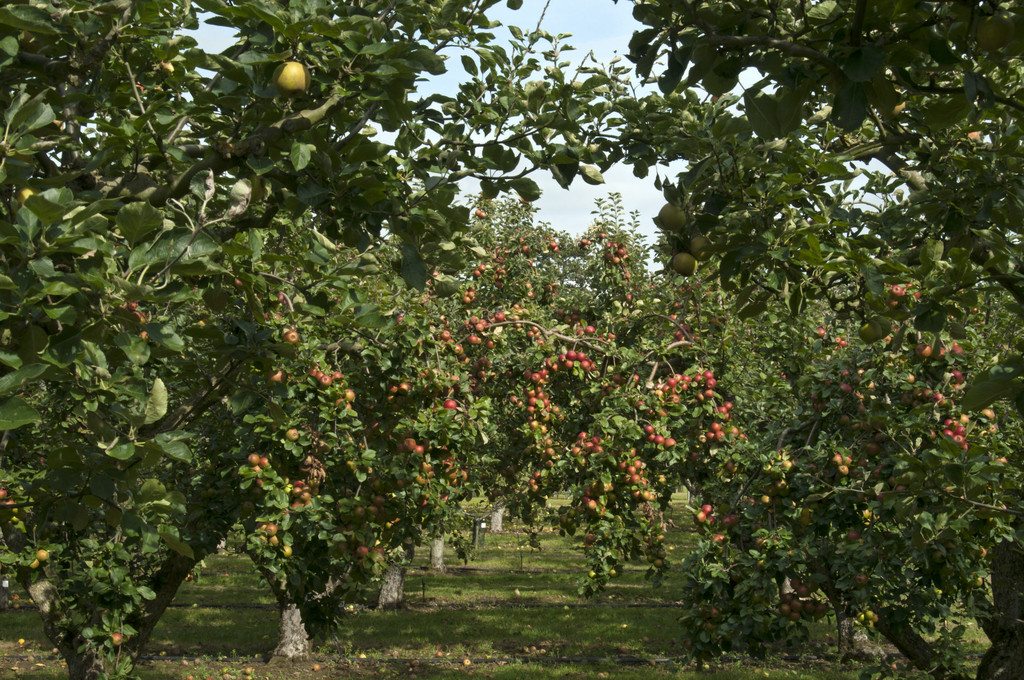By Yvette Harvey and Maria Christodoulou
After last year’s relatively well behaved advent plants, it is time for the more obscure and yet omnipresent ingredients of a good Christmas. Time for the humble apple, or as we will try to convince you by the end of this blog: time for the Amazing Apple!

As most of you probably know, apples are a stalwart of the mince pie and Christmas pudding, however we won’t dwell on these, instead we will head straight for their unique role in Twelfth Night in the form of cider.
Wassailing can take three different forms, all including the apple based product, cider: sharing a drink within a confined space, sharing a drink with your neighbours (similar to a pub crawl…), and sharing your drink with orchard trees. The term originated from the Old English “was hál”, meaning “be in good health”, it traces its origins at least as far back as the 8th Century, mentioned in Beowulf. The aim of the exercise is to promote good health (through the means of drinking, of course) for both people and harvest.

Simon Garbutt, in The Garden (2006, vol 131, p. 828-831) takes the reader through an evening of wassailing starting with a torch-lit procession leading to the orchard where twelve bonfires are lit in a circle, the centre of which is a tree. Under that tree a 13th bonfire, known as the Judas, is briefly lit and almost immediately extinguished. The roots are then soaked with cider and a cider-soaked piece of bread is placed amongst the branches. The wassailers burst into song while the embers are stamped out. RHS Garden Wisley’s Orchard has been traditionally blessed through the ritual of wassailing (no gunfire, just drumming, singing and a small fire). This is currently a staff-only event, but they are hoping for it to become a public event in the future. There are many public wassailing events around the world, especially in the UK (including Cornwall, Sussex, Hampshire, Berkshire & the Southern marches) , USA and Canada.

The more popular type of wassailing involves drinking from a large bowl filled with mulled cider passed around the Christmas table, or carried from house to house. A wonderful example of a wassailing bowl is found in the Victoria and Albert Museum, South Kensington, dating back to the 17th Century. Following the colonisation of the West Indies in the early 17th Century, the commonly used wood was the now Endangered Guaiacum officinale (Lignum vitae) because of resistance to liquids due to its high oil content.
Cider apples
Apples for cider are grouped into four classes: Sweet; Bittersweet; Sharp, and Bittersharp, based on the proportions of sugar, tannin and acid in the fruit. The UK and US (Sweet; Sharp; Sharpsweet; Bittersweet; Bittersharp) grow different varieties generally.
Should you wish to increase your 2016 harvest, here is a handy recipe for mulled cider.
Advent Botany 2015 Day 7, Day 9
